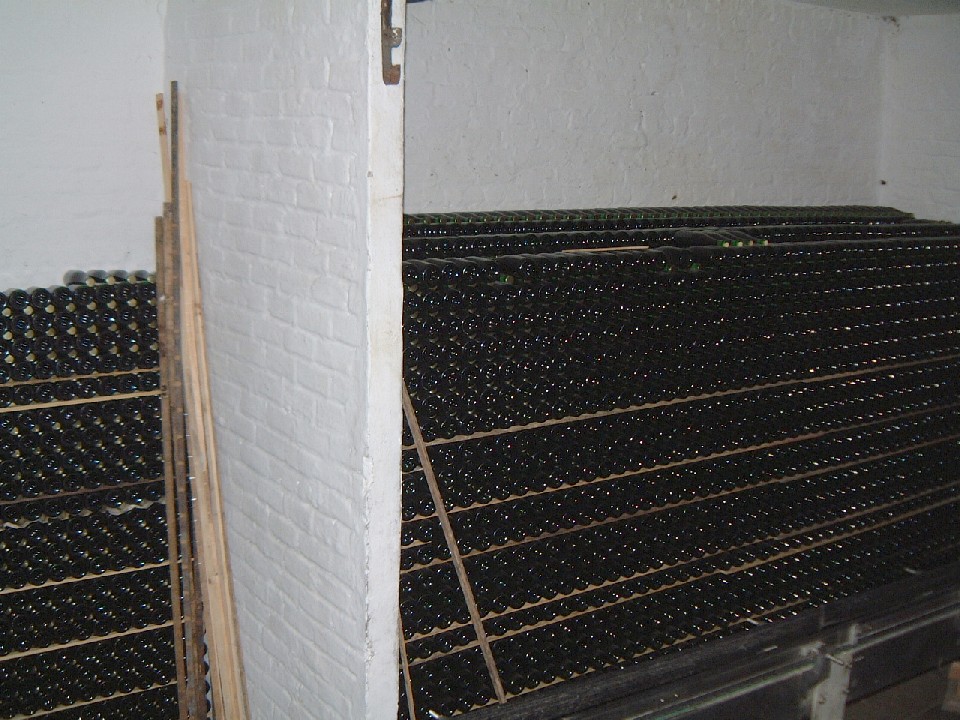This is the 3rd time I've tried corking and the results are the same each time...terrible!
It's been 3 weeks. I bottled my Belgian Tripel with some softer Champane corks, instead of the Belgians (because of previous poor results) and to no avail. I capped 2 bottles of the same beer from the same bucket and it's perfectly carbonated (around 2.6 volumes)
My problem...
The corks are extremely difficult to remove. Have I done something wrong?? The first one I attempted to open, the cork broke and I needed a wine opener....any ideas?
It's been 3 weeks. I bottled my Belgian Tripel with some softer Champane corks, instead of the Belgians (because of previous poor results) and to no avail. I capped 2 bottles of the same beer from the same bucket and it's perfectly carbonated (around 2.6 volumes)
My problem...
The corks are extremely difficult to remove. Have I done something wrong?? The first one I attempted to open, the cork broke and I needed a wine opener....any ideas?


